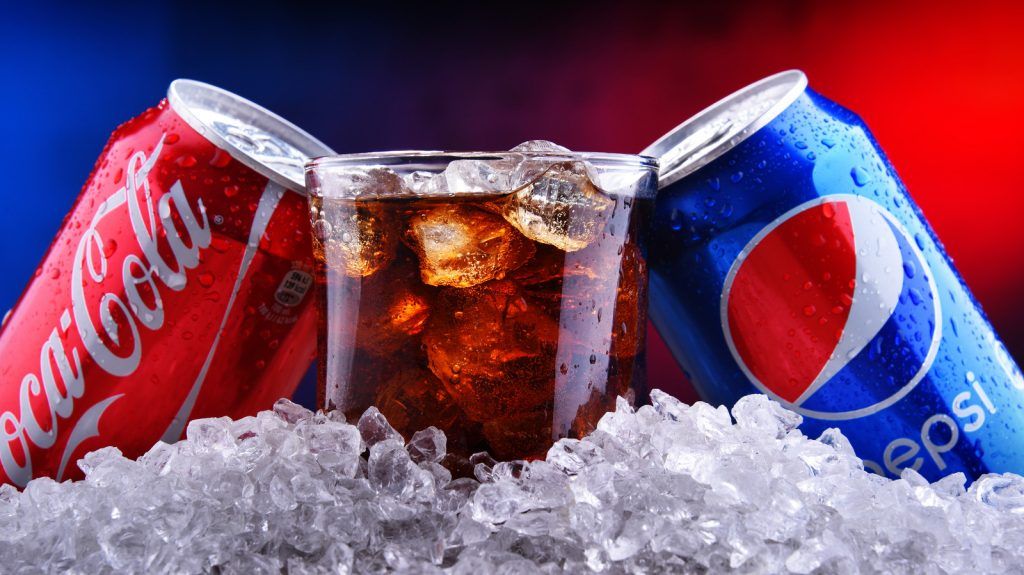The Coca-Cola Company accounted for approximately 21% of the U.S. liquid soft drink category by estimated retail sales in measured channels in 2022, according to Information Resources, Inc.
At the same time, Pepsico had 20% coverage on that same metric.
Previously, in 2021, those positions were reversed, with Pepsico leading (22% share) and The Coca-Cola Company in second place (19 percent).
Financial results of Pepsico

However, The Coca-Cola Company has a significant advantage in carbonated soft drink (CSD) share in many markets outside the United States.
Pepsico is a leading global beverage and prepared foods company with a complementary portfolio of brands, including Lay’s, Doritos, Cheetos, Gatorade, Pepsi-Cola, Mountain Dew, Quaker and SodaStream.
Through its operations, licensed bottlers, contract manufacturers and other third parties, it manufactures, markets, distributes and sells a wide variety of beverages and convenience foods, serving customers and consumers in more than 200 countries and territories.
In many countries where Pepsico’s products are sold, including the United States, The Coca-Cola Company is its principal beverage competitor.
Other beverage and prepared food competitors include, among others, Campbell Soup Company, Conagra Brands, Inc, Hormel Foods Corporation, Kellogg Company, Keurig Dr Pepper Inc, The Kraft Heinz Company, Link Snacks, Inc, Mondelēz International, Inc, Monster Beverage Corporation, Nestlé S.A., Red Bull GmbH and Utz Brands, Inc.
The Coca-Cola Company
In general, beverage and fast food products are in highly competitive categories and markets and compete with products from international beverage and fast food companies operating in multiple geographies, as well as regional, local, private label and economy brand manufacturers and other competitors, including smaller companies that develop and sell microbrands directly to consumers through e-commerce platforms or retailers focused on locally sourced products.
Products compete primarily in terms of brand recognition and loyalty, taste, price, value, quality, product variety, innovation, distribution, advertising, marketing and promotional activities, packaging, convenience, service, and ability to anticipate and respond effectively to consumer preferences and trends.

